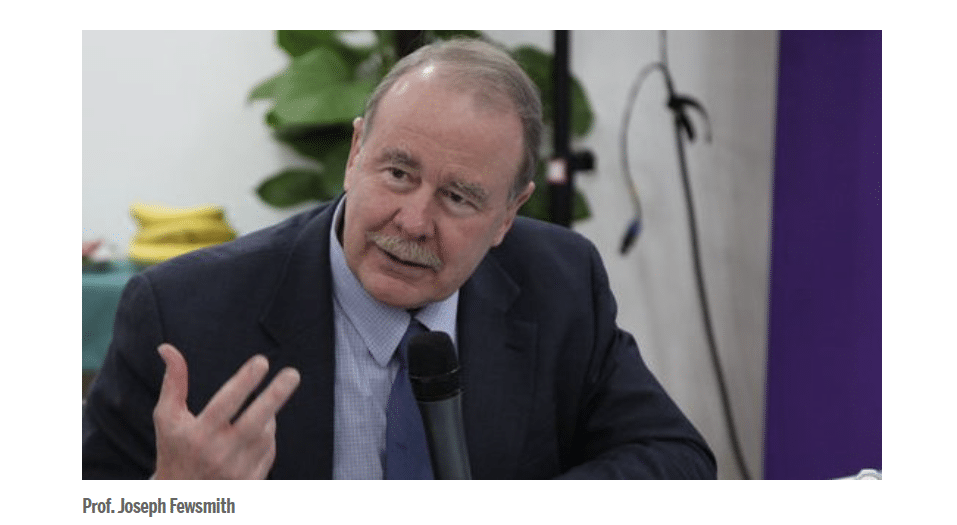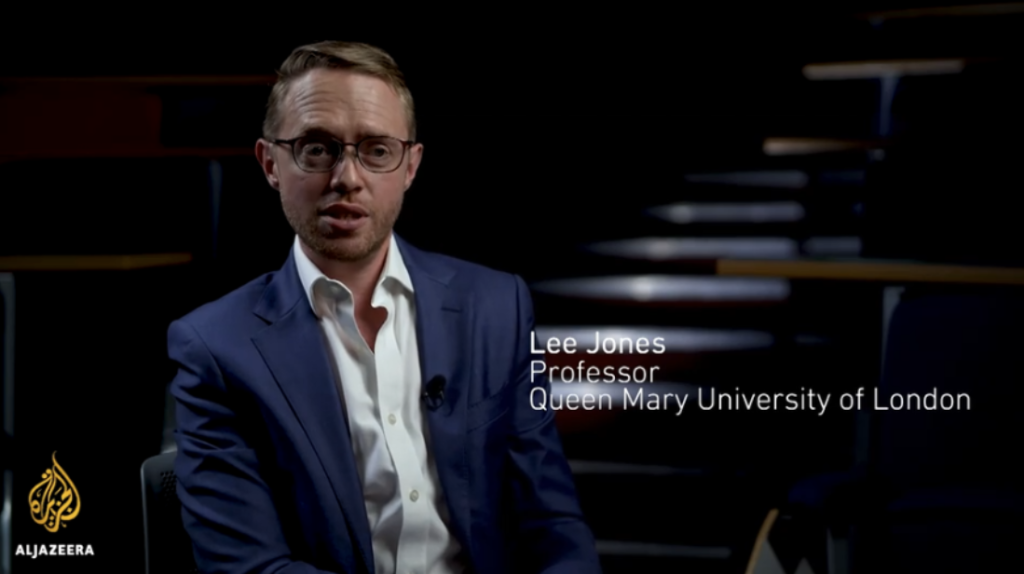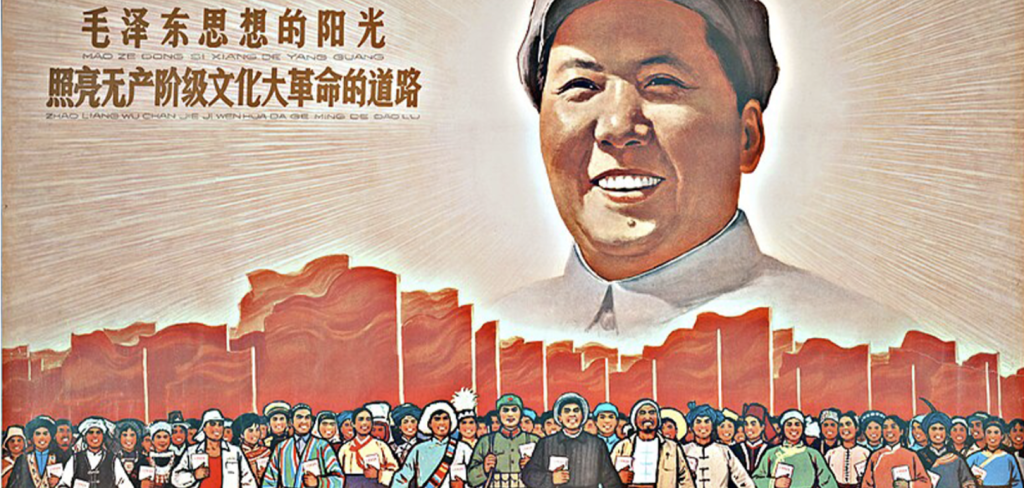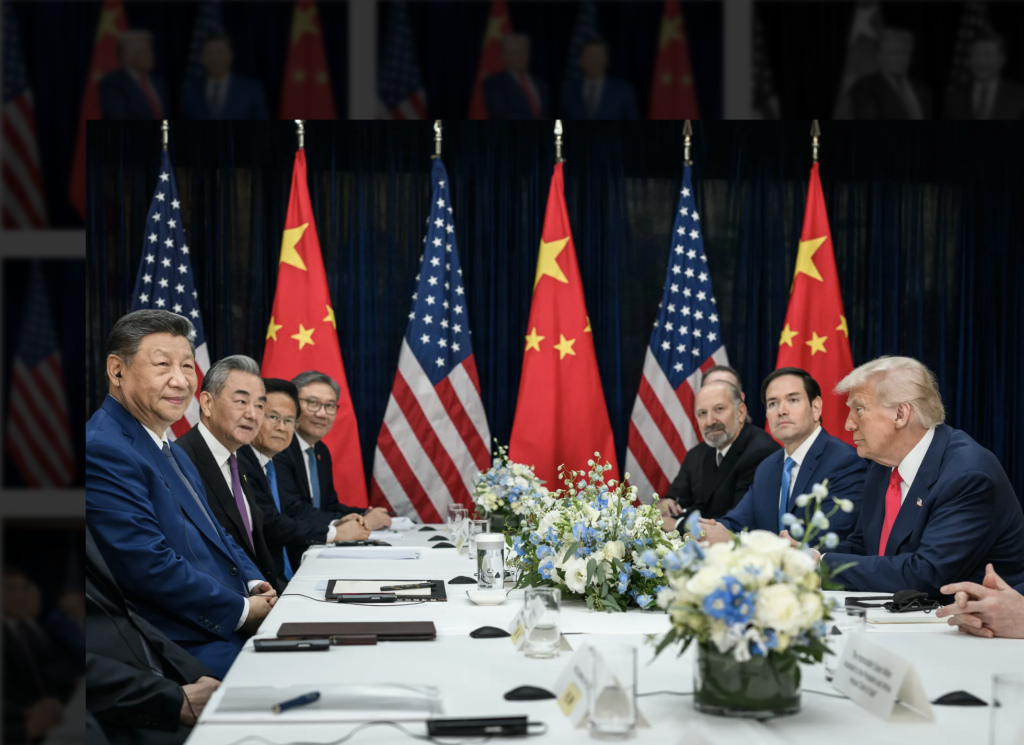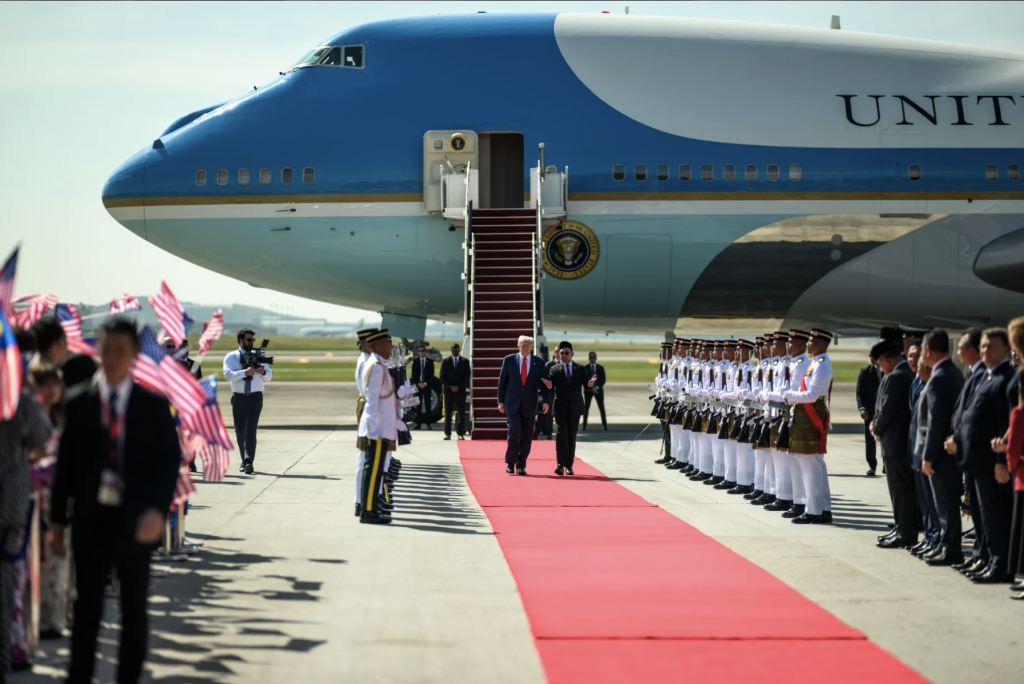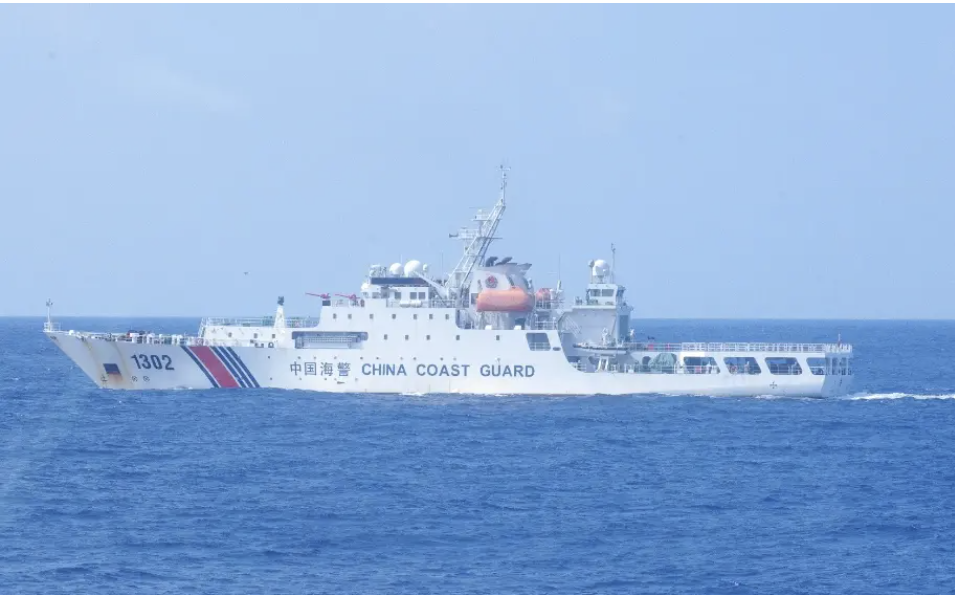Remembering Joseph Fewsmith: The Passing of a Generation of China Hands
The U.S. Factor in China-Philippines Relations
- Analysis
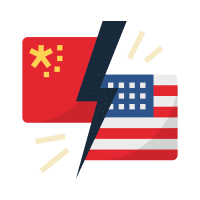 Bikai Chen
Bikai Chen- 10/08/2024
- 0
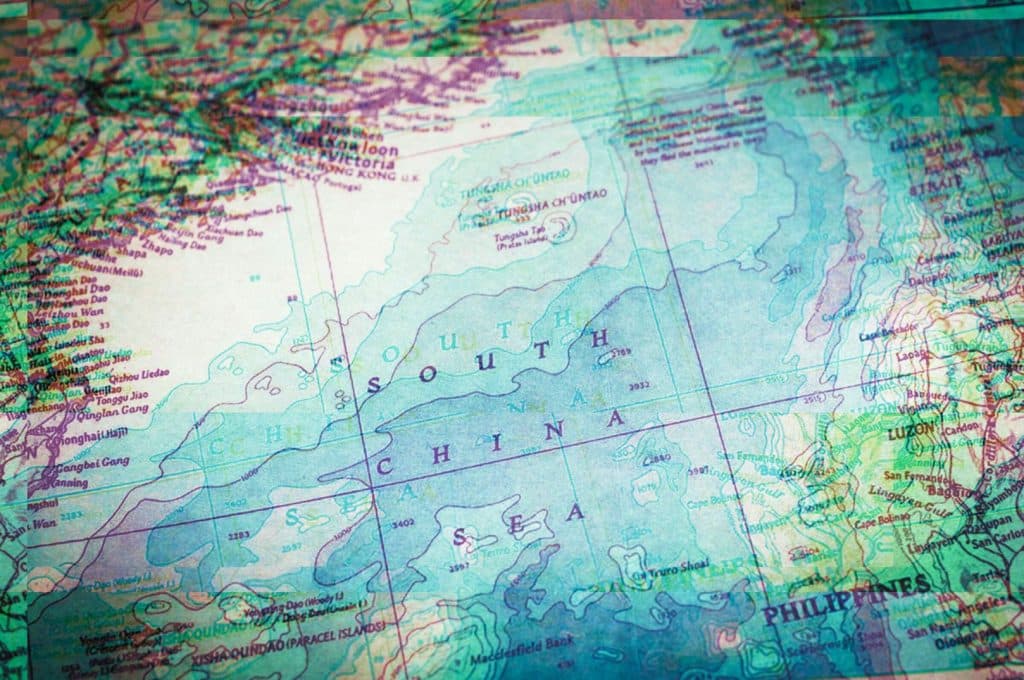
“China-Philippines relations stand at a critical juncture,” remarked Chinese Vice Foreign Minister Chen Xiaodong during a recent phone conversation with Philippine Undersecretary of Foreign Affairs Maria Theresa P. Lazaro. Indeed, Philippine President Bongbong Marcos has pivoted from the pro-China stance of his predecessor, President Rodrigo Duterte, over the past year. Marcos Jr. has increasingly displayed assertiveness in addressing South China Sea islands disputes and has strengthened security cooperation with the United States, aiming to enhance American involvement in the South China Sea dynamics.
The Ren’ai Reef (Second Thomas Shoal) has become the focal point of current disputes between China and the Philippines. In May 1999, the Philippines deliberately grounded a warship on Ren’ai Reef despite objections from China, asserting it couldn’t be removed. Over two decades later, the ship remains precariously positioned. While China typically permits routine supplies and personnel rotations with prior notification, it consistently blocks shipments of construction materials intended to fortify the ship. Recent confrontations in the area have centered on preventing such materials from reaching the reef. Additionally, the Philippines has taken actions at Tiexian Reef (Sandy Cay). On March 21, 2024, 34 individuals from the Philippines landed on Tiexian Reef, followed by another attempt on March 23, prompting China to dispatch naval helicopters to disperse them. In April, the Philippine Coast Guard ship No. 9701 forcibly entered Xianbin Reef (Sabina Shoal) and anchored there, only withdrawing in September due to insufficient supplies. During this period, vessels from China and the Philippines had multiple intense collisions in this sea area. Notably, many of these Philippine operations are closely monitored and filmed by numerous western journalists. Since assuming office, Marcos Jr. has adopted an “exposure strategy” concerning the South China Sea issue. This approach aims to highlight the bilateral dispute on the global stage, portraying the Philippines as the underdog and applying pressure on China.
Amid escalating tensions in the South China Sea, Marcos Jr. is strengthening the Philippines’ security ties with the United States. In February 2023, under the Enhanced Defense Cooperation Agreement (EDCA) signed in 2014, the Philippines agreed to open four additional military bases for U.S. use, bringing the total to nine. Notably, one of these bases is strategically located near the Nansha Islands (Spratly Islands), and another is just 400 kilometers from Taiwan, indicating a its willingness to provide strategic asset to the United States in its effort to deter China. This move aligns with increased U.S. involvement in the South China Sea and Taiwan Strait affairs. In April of the same year, the United States and Philippines conducted their largest-ever joint military exercises, Balikatan, involving approximately 17,600 troops. This robust U.S.-Philippine security alliance provides significant support for the Philippines in its confrontations with China in the South China Sea. Following the recent dispute over Xianbin Reef, the U.S. Department of Defense reaffirmed that the U.S.-Philippines Mutual Defense Treaty applies to the South China Sea, further heightening tensions in U.S.-China relations. Reflecting on recent years of China-Philippines interactions, the relationship between the two countries has undergone several shifts, each affecting the dynamics of U.S.-Philippines relations.
In 2008, the South China Sea issue sparked a wave of Filipino nationalism, with public opinion in the Philippines accusing the Arroyo administration of corruption and even treason for its cooperation with China in the region. Formal relations between China and the Philippines deteriorated significantly when President Benigno Aquino III took office in 2010. His administration initiated a series of confrontations with China over South China Sea disputes, most notably the Huangyan Island (Scarborough Shoal) standoff. In April 2012, Philippine vessels entered waters near Huangyan Island and detained Chinese fishermen, prompting China to dispatch Marine Surveillance and Fisheries Law Enforcement Command vessels to rescue them and confront Philippine ships. The standoff concluded in June with the withdrawal of Philippine vessels from Huangyan Island. In 2013, the Philippines filed an arbitration case with the International Tribunal for the Law of the Sea (ITLOS) regarding maritime jurisdiction disputes with China in the South China Sea. China refused to participate in the arbitration.
Aquino III actively sought U.S. involvement in the conflict to bolster the Philippines’ position against China. Although the United States initially remained neutral, its stance gradually shifted in favor of supporting the Philippines. In 2014, under Aquino III’s leadership, the United States and the Philippines signed the Enhanced Defense Cooperation Agreement, allowing U.S. forces to use five Philippine military bases. Aquino III also voiced strong support for U.S. freedom of navigation operations in the South China Sea. In 2016, the ITLOS arbitration tribunal ruled largely in favor of the Philippines, a decision rejected by China. The United States responded by deploying warships near the South China Sea to support the Philippines, prompting China to conduct large-scale military exercises in the region. This period marked one of the tensest confrontations between China and the United States in recent years, underscoring the volatile nature of their geopolitical rivalry.
After President Duterte took office in 2016, the Philippines shifted its stance towards China, moving away from the anti-China attitude held by his predecessor, Aquino III, and adopting a pro-China approach. During his tenure, Duterte visited China five times, and in 2018, China’s top leader made a state visit to the Philippines for the first time in 13 years. During this visit, both nations agreed to establish a comprehensive strategic cooperative relationship. Regarding the South China Sea arbitration case left by his predecessor, Duterte handled it in a low-key manner, setting aside the arbitration results and opting to resolve the dispute with China through consultation and dialogue. For example, China and the Philippines reached a consensus allowing the Philippines to conduct life supply and personnel rotations for the warship stranded on Ren’ai Reef, with the Philippines promising not to reinforce the warship or build any new facilities. Additionally, China and the Philippines agreed to jointly develop oil and gas resources in the South China Sea.
In stark contrast to the strengthening ties with China, the Philippines’ relationship with the United States deteriorated sharply. Shortly after coming to power, Duterte declared his intention to “break up” with the United States and openly criticized U.S. President Barack Obama. This stance was primarily a response to U.S. criticism of Duterte’s iron-fisted anti-drug campaign, but it also objectively reduced U.S. intervention in the South China Sea. The Philippines suspended plans for joint patrols with the United States in the South China Sea, scaled down U.S.-Philippine joint military exercises, and even decided to terminate the Visiting Forces Agreement between the two countries at one point. Although Duterte’s stance on the South China Sea issue fluctuated during the later stages of his administration, overall, his approach remained relatively peaceful.
The United States plays a critical role in the dynamics of China-Philippines relations, particularly regarding the contentious issue of the South China Sea. From the U.S. perspective, the alliance with the Philippines is a crucial policy tool for maintaining a strong military presence and exerting strategic influence in the Asia-Pacific region. And supporting the Philippines’ ambitious national security policies is an important pivot for the United States to compete with China in the South China Sea.
The United States and the Philippines share a long-standing relationship dating back to the late 19th and early 20th centuries when the Philippines was a U.S. territory following the Spanish-American War. This period established deep cultural, political, and military connections. English became one of the official languages, and American educational, legal, and governmental systems influenced Filipino institutions. The Philippines has a substantial diaspora in the United States, with over 4 million Filipino-Americans strengthening familial and cultural bonds. And almost 300,000 U.S. citizens reside in the Philippines, including a large number of U.S. military veterans. These ties have fostered a generally favorable perception between the two countries. For example, a survey by the Pew Research Center shows higher approval ratings for the United States than China: 74% of Filipinos had a favorable view of the United States, compared to a percentage of 34% for China.
The United States and the Philippines have very close ties in the field of security. A pivotal element in pulling Manila closer to the U.S. is the Mutual Defense Treaty of 1951, which commits both nations to support each other in the event of an external attack. This treaty has been a cornerstone of their defense relations, providing the Philippines with a security umbrella. In recent years, the United States has reaffirmed its commitment to this treaty amid escalating regional disputes. Moreover, the Enhanced Defense Cooperation Agreement signed in 2014 further solidified military ties by allowing U.S. forces increased rotational presence at Philippine military bases. This agreement facilitates joint training, equipment prepositioning, and infrastructure development, thereby enhancing the Philippines’ defensive capabilities. For instance, the construction of facilities at bases like Basa Air Base and Fort Magsaysay has been instrumental in modernizing the Philippine military infrastructure.
In the economic sphere, the United States also has very close relations with the Philippines. The United States is the Philippines’ largest export market. American companies are major investors in sectors like technology, services, and manufacturing. Programs under the U.S. Agency for International Development (USAID) have supported education, disaster relief, and efforts to combat the COVID-19 pandemic in the Philippines. However, the United States’ economic influence on the Philippines still cannot be compared with China’s.
China is the Philippines’ top trading partner, primary source of imports, and third-largest export market. In 2022, bilateral trade between the two countries totaled $87.72 billion, with Philippine imports from China amounting to $64.67 billion and exports to China totaling $23.04 billion. Although the United States is the Philippines’ largest export market, the gap with China is relatively small. For instance, in 2022, Philippine exports to the United States were approximately $23.3 billion, only slightly higher than those to China. However, the total bilateral trade between the United States and the Philippines was about $36.1 billion, significantly less than that between China and the Philippines. China’s economic importance to the Philippines cannot be replaced by the United States in the short term.
After the 2012 China-Philippines standoff over Huangyan Island, China suspended imports of bananas, pineapples, and many other Philippine agricultural products, significantly impacting Philippine agricultural exports. It was only on the eve of President Duterte’s visit to China in 2016, when an improvement in Sino-Philippine relations was evident, that China’s imports of these agricultural products returned to normal. Since then, China has quickly become the top buyer of Philippine bananas. Today, however, Philippine banana exports to China are slipping. By the first four months of 2024, Vietnam had replaced the Philippines as China’s top banana supplier. While this situation is also influenced by the Philippines’ own banana production and prices, the downward trend mirrors the current downturn in Sino-Philippine relations.
The Philippines navigates a complex geopolitical landscape by balancing substantial economic ties with China against a longstanding security alliance with the United States. This delicate equilibrium aims to maximize national interests without over-reliance on either power.
At the current stage where frictions between China and the Philippines are escalating, a wise move for the Philippine government would be to strive to separate economic cooperation from security affairs. They should continue to deepen cooperation with China in areas such as trade, investment and infrastructure, and ensure the smooth progress of economic projects. Simultaneously, while engaging in security cooperation with the United States, they should maintain transparency and keep positive communication with China to prevent misjudgments. Utilizing platforms like ASEAN to strengthen multilateral diplomacy and regional cooperation, thereby reducing tensions that may arise from unilateral cooperation with the United States, is also an option the Philippines should consider.
While neither of Philippines and China is likely to fully back down due to national interests and domestic pressures, there is room for de-escalation to avoid conflict. The high economic stakes for both countries act as a deterrent against prolonged confrontation. China is a significant market for Philippine agricultural products, and Chinese tourists contribute substantially to the Philippine economy. Conversely, Chinese investments benefit from stable relations. And China doesn’t want to see the Philippines being pushed further into the U.S. sphere of influence.
Diplomatic engagements provide a platform for managing tensions. The China-Philippines Bilateral Consultation Mechanism on the South China Sea, established in 2017, offers a forum for dialogue. Although progress has been limited, continued communication channels are essential for conflict prevention. Moreover, both countries have participated in negotiations for the Code of Conduct in the South China Sea under ASEAN auspices. While the code’s effectiveness remains uncertain, its development indicates a willingness to engage in multilateral efforts to manage disputes.
Bikai Chen is a research assistant for the United Nations Department of Economic and Social Affairs and former program assistant for China Focus at The Carter Center. He received his Master’s in International Relations from Johns Hopkins School of Advanced International Studies.
The views expressed in this article represent those of the author(s) and not those of The Carter Center.

